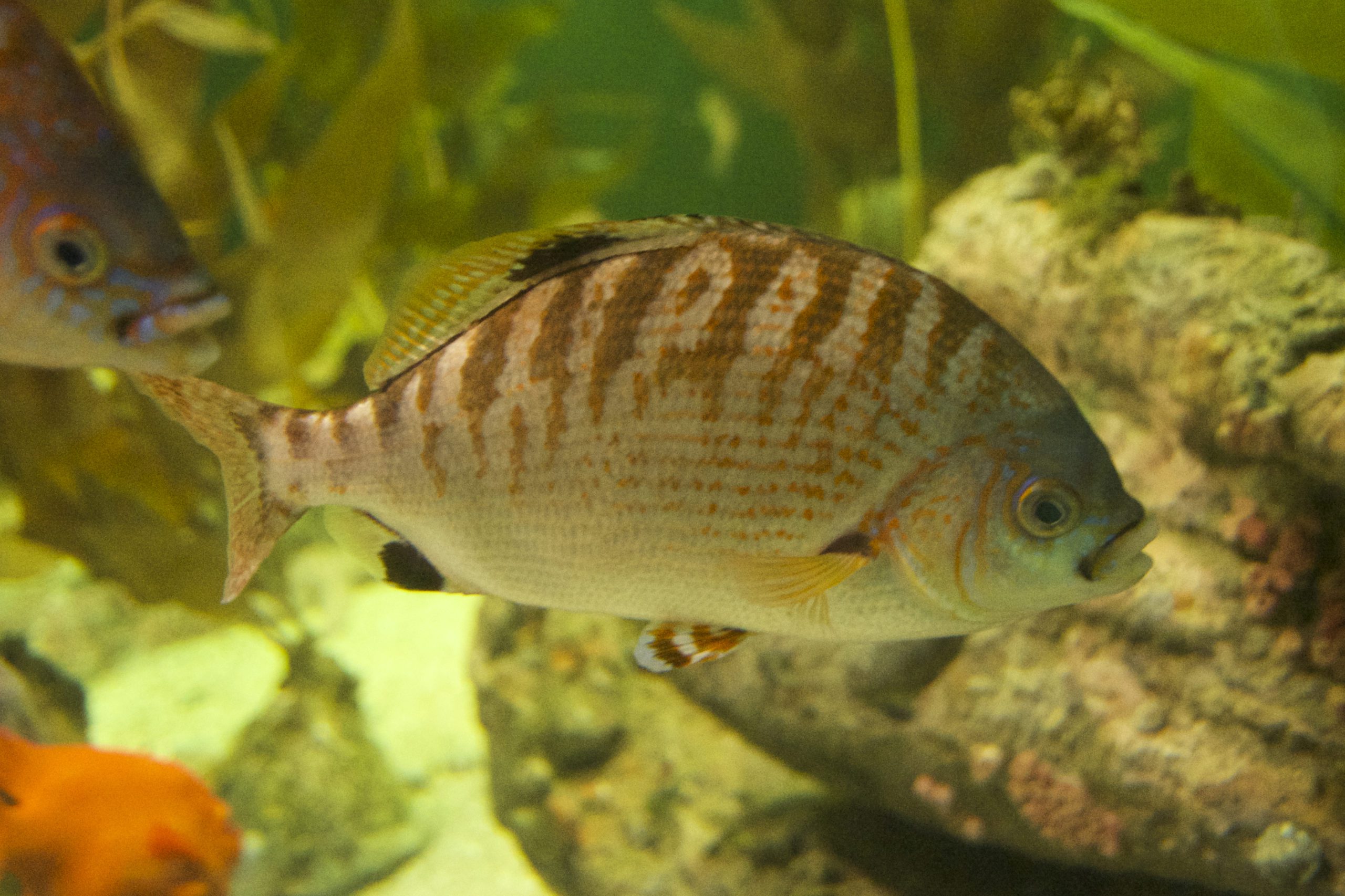
New findings appear to expose that commonly dispersed (geographically) types tend to gain from anthropogenic modifications and increase the variety of websites they inhabit, whereas more directly dispersed types reduce.
The discovery has actually been logged by scientists from the Centre for Biological Variety at the University of St Andrews, dealing with global partners consisting of the German Centre for Integrative Biodiversity Research Study (iDiv) and Martin Luther University Halle-Wittenberg (MLU).
Their outcomes, released in Nature Communications on 20 March, are based upon a substantial dataset of over 200 research studies and, so they state, supply proof that environment defense can reduce some impacts of biodiversity modification and minimize the organized reduction of small-ranged types.
Every living types on earth has its own distinct geographical variety, with some types happening over big parts of the world, while others occupying just a couple of choose locations. The concern researchers wished to address was whether the variety size of a types affects how it reacts to human activities and modifications in the variety of websites it inhabits through time.
The report’s co-authors Teacher Maria Dornelas and Teacher Anne Magurran, from St Andrews School of Biology, discussed the research study group set out to assess the connection in between the size of a types’ variety and the modifications in their local tenancy with time.
To do so, scientists utilized a substantial dataset of 238 research studies that kept track of plant and animal types assemblages from throughout lots of websites for 10-90 years. From these time series, they had the ability to identify which types were increasing in the varieties of websites they inhabited through time, which were reducing in their website tenancy, and which remained the very same.
They then wished to compare the patterns of types to the size of their varieties to see if there was a connection. To identify the variety sizes of almost 19,000 types from throughout the tree-of-life that were recognized in the time series, they utilized information from the International Biodiversity Details Center (GBIF), that includes information on the events of types from throughout the world, consisting of information gathered from popular smart device apps like iNaturalist and eBird.
The scientists stated they discovered that typically throughout all research studies, types with bigger varieties tended to increase in tenancy through time, whereas small-ranged types reduced. For instance, in a research study from northern Australia, types that were belonging to just a little part of the area, such as red cabbage palm ( Livistona mariae), lost ground from when they were very first surveyed in the 1990s, while more commonly dispersed types, such as Polynesian arrowroot ( Tacca leontopetaloides) and diamond burbark ( Triumfetta rhomboidea), were discovered at more websites. Also, directly dispersed fish in the kelp beds off the coast of Santa Barbara, California, like the rainbow perch ( Hypsurus caryi) were discovered at less websites given that keeping an eye on begun in 2000, while more extensive types like Scropaenichthys marmoratus happened at more websites.
” One factor might be due to the fact that extensive types tend to have larger specific niche breadth, implying that they reside in various sort of environments. These types can more quickly distribute throughout websites than more directly dispersed types, and hence are most likely to continue or perhaps increase in reaction to international ecological modifications”, states very first author Dr. Wubing Xu from iDiv and MLU.
These relationships were more powerful in marine than in terrestrial and freshwater worlds. “One factor might be that marine types are typically more conscious ecological modifications such as environment warming”, describes Wubing Xu.
These outcomes likewise assist solve previous disparities and construct on the work of an earlier research study led by Teacher Magurran and Teacher Dornelas. The previous research study assembled time series of biodiversity information from throughout the world into a database that they called BioTIME. The brand-new research study has actually now included lots of brand-new datasets to that collection.
Teacher Dornelas stated: “Our deal with the very first variations of BioTIME revealed no clear basic pattern one method or the other in regional types richness, however this does not indicate the world is not altering which people are not having a significant effect on biodiversity”.
” We saw considerable modifications in types structure, and what is great about these brand-new outcomes is that we had the ability to reveal that these modifications are related to qualities of the types that are winning and losing through time. It is clear that to comprehend biodiversity modification we require to utilize numerous metrics at numerous scales.”
To date, ~ 17% of terrestrial locations and inland waters and ~ 8% of seaside and marine locations are designated as ‘safeguarded’ in some method. Current global arrangements at the United Nations Biodiversity Conference objective to increase this significantly in the next years. By comparing the patterns inside and beyond safeguarded locations, the scientists discovered that modifications in tenancy were less severe in terrestrial secured locations. For instance, the private investigators discovered that more narrow-ranged bird types like Little bustard ( Tetrax tetrax) increased their tenancy through time in a location offered unique defense status in Portugal, whereas they were decreasing in a neighboring intensively farmed area.
Senior author Teacher Jonathan Chase from iDiv and MLU included: “Lowering anthropogenic pressures by developing safeguarded locations can temper the declines in tenancy of small-ranged types that we typically observe.
” This is why it is crucial that the global neighborhood follow through on its pledge to increase the quantity of environment secured and brought back throughout the world.”